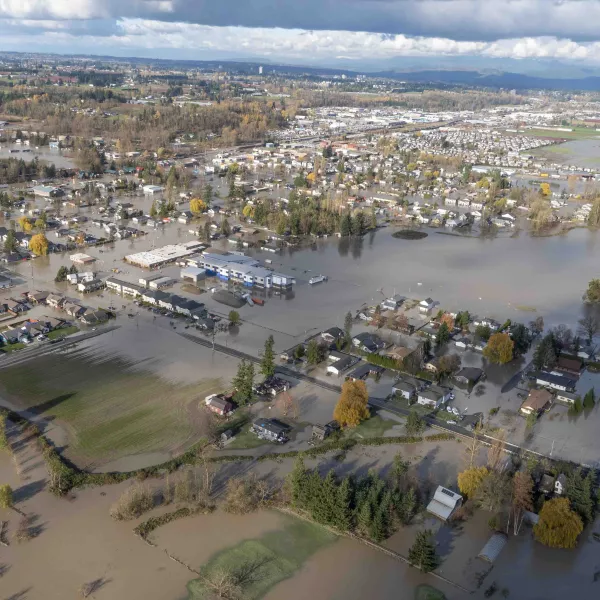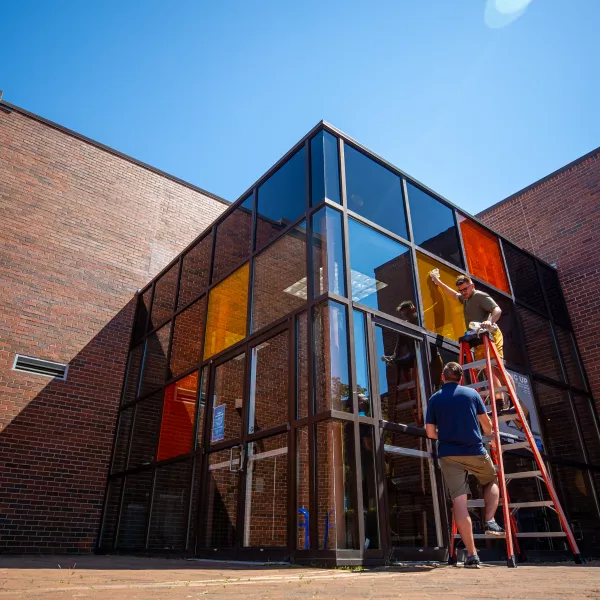Salt corrodes buildings. Earthquakes shake them. What happens when an earthquake hits a building already damaged by saltwater?
To answer that question, the National Science Foundation awarded a team of researchers from Western, the University at Buffalo, and the University of Hawai’i at Mānoa $2.7 million over five years to assess such risks in Hawai’i and other regions with low-lying coastal infrastructure.
The issue is especially salient in the context of climate change. “Well before communities are submerged by rising sea levels, they’ll experience new levels of coastal flooding during winter storms, king tides and hurricanes,” says project co-principal investigator Rebekah Paci-Green, associate professor and chair in the Department of Environmental Studies at Western. “These short-term inundations can expose buildings to saltwater deterioration.”
Some of the research will focus on Hilo, Hawaii. “Hilo faces both earthquake and salt corrosion issues today,” says Paci-Green, “but this issue is also critical for coastal towns in Washington, Oregon, California, Alaska and beyond.”
Researchers at the University at Buffalo will model how saltwater-induced corrosion weakens buildings that may then experience earthquakes and the protectiveness of several mitigation options.




